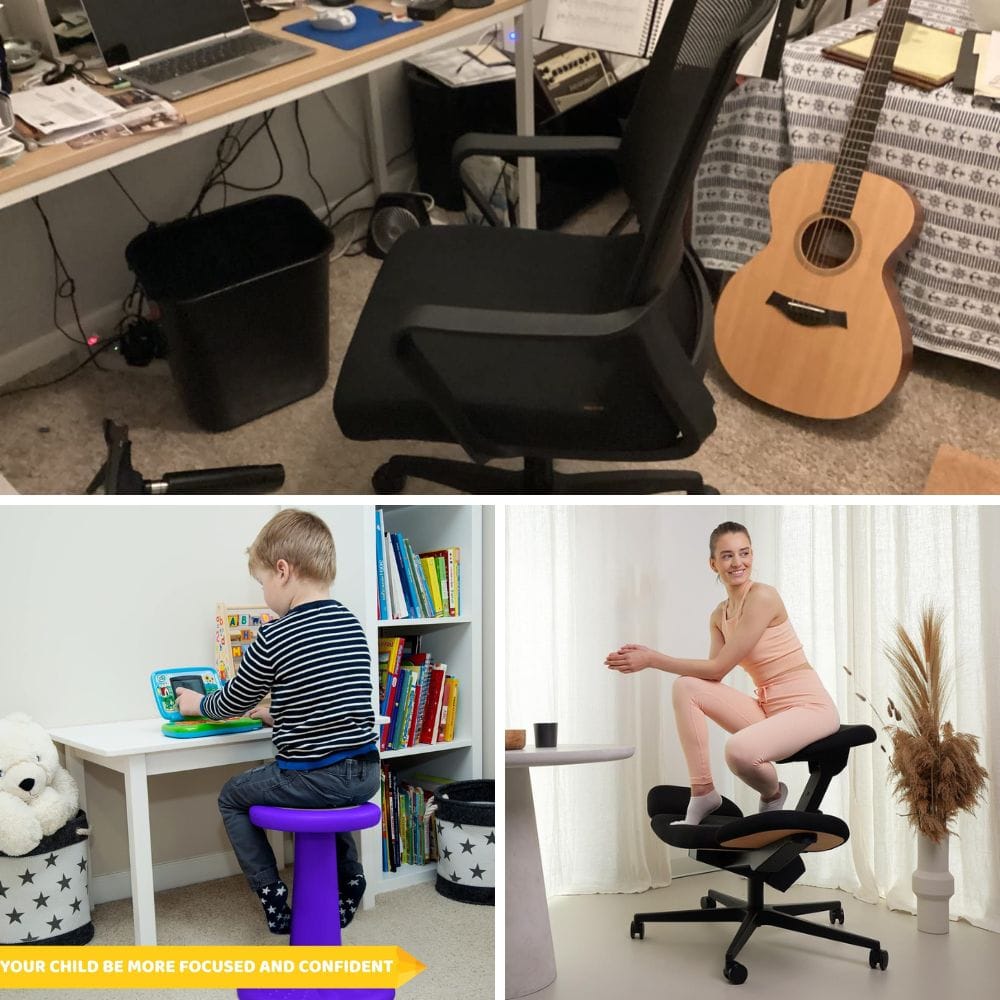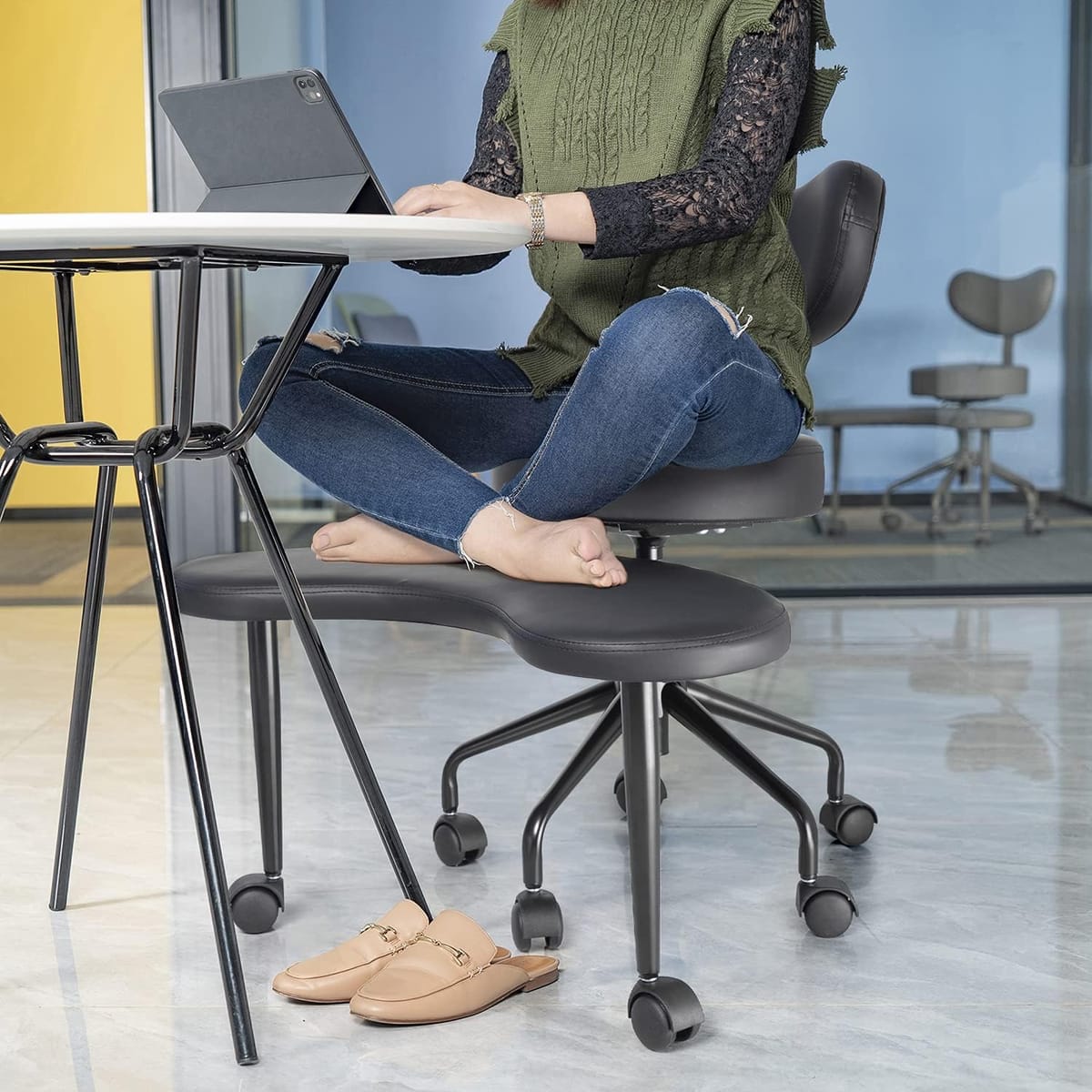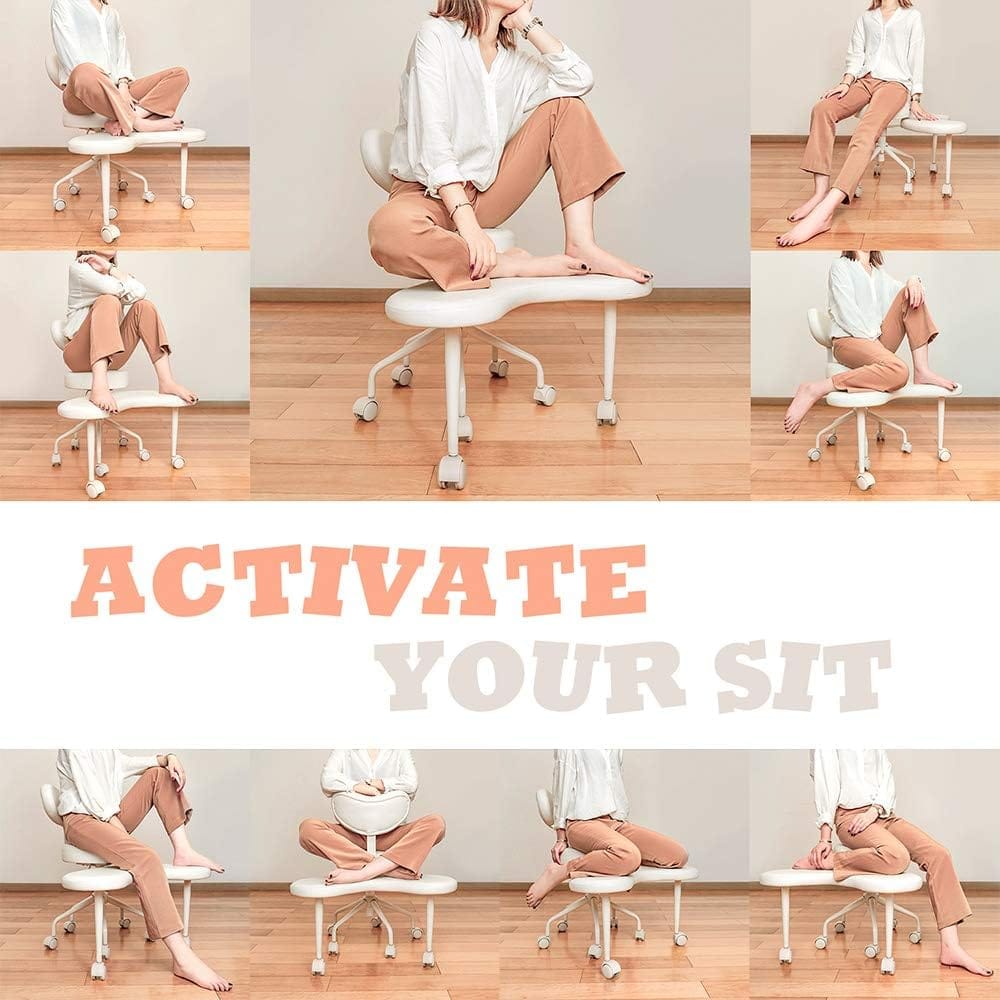Key Takeaways:
- ADHD chairs are designed to support children with attention deficit hyperactivity disorder by providing sensory input and promoting active sitting.
- These chairs can significantly improve focus, reduce hyperactivity, and enhance overall performance in educational settings.
- Understanding the science behind ADHD chairs can help educators, parents, and occupational therapists choose the best seating options for children with ADHD.
Understanding ADHD and Its Challenges
Attention Deficit Hyperactivity Disorder (ADHD) is a neurodevelopmental disorder characterized by symptoms such as inattention, hyperactivity, and impulsivity. These symptoms can make it difficult for children to stay focused, stay seated, and complete tasks, particularly in classroom settings. The traditional classroom environment often fails to accommodate the unique needs of children with ADHD, leading to challenges in maintaining attention and managing behavior.
Children with ADHD tend to have difficulty processing sensory input, which can exacerbate their symptoms. Sensory processing disorder often accompanies ADHD, making it even more challenging for these children to engage in daily routines and educational activities. This is where the science behind ADHD chairs comes into play, offering alternative seating systems that cater to the sensory and physical needs of these children.
The Role of Sensory Input in ADHD
Sensory input plays a crucial role in managing ADHD symptoms. Children with ADHD often seek more sensory stimulation to help them stay engaged and focused. Traditional seating options in classrooms do not provide the necessary sensory feedback, leading to increased restlessness and difficulty concentrating. ADHD chairs are designed to address this gap by incorporating features that offer sensory input and promote active sitting.
Active sitting involves using seating devices that allow for movement, helping children maintain balance and engage their core muscles. This movement can help reduce anxiety and improve focus by providing the sensory stimulation that children with ADHD need. By enabling restlessness in a controlled manner, ADHD chairs can help children stay comfortable and focused for longer periods.
Specialized Features of ADHD Chairs

ADHD chairs come with specialized features that cater to the unique needs of children with attention difficulties. These features often include dynamic seating options that allow for movement, such as wobble chairs, balance balls, and rocking chairs. These alternative seating devices are designed to withstand regular use and provide the necessary support for children with ADHD.
The dynamic seat assessment is a critical component in selecting the right ADHD chair. This assessment evaluates how well a chair can support active sitting and provide the necessary sensory input. By understanding the specific needs of each child, educators and occupational therapists can choose seating options that significantly improve focus and reduce hyperactivity.
The Impact of ADHD Chairs on Educational Settings
In educational settings, ADHD chairs can play a pivotal role in supporting children with learning difficulties. These chairs are not just about comfort; they are about creating an environment that allows children to thrive. By providing the right sensory input and promoting active sitting, ADHD chairs can help children improve their attention span and overall performance in school.
Teachers and parents have reported that children using ADHD chairs are more engaged and attentive during lessons. The ability to move and adjust their seating helps children manage their energy levels and stay focused on tasks. This flexibility in seating can lead to better academic outcomes and a more inclusive classroom environment for children with ADHD.
Previous Research and New Insights
Previous research has shown that alternative seating systems can benefit children with ADHD by improving focus and reducing hyperactivity. However, there is still little understanding of the specific mechanisms that make these chairs effective. Recent research has begun to shed light on the science behind ADHD chairs, exploring how sensory input and active sitting contribute to improved attention and behavior.
A recent paper highlighted the importance of dynamic seating in managing ADHD symptoms. The study found that children who used active chairs showed significant improvements in attention and behavior compared to those who used traditional seating. These findings underscore the need for continued research to better understand how ADHD chairs can support children in educational settings.
The Role of Occupational Therapists
Occupational therapists play a crucial role in recommending and implementing ADHD chairs in schools and homes. They assess the individual needs of children with ADHD and suggest seating options that provide the necessary sensory input and support. By working closely with educators and parents, occupational therapists can help create a supportive environment that enhances learning and reduces anxiety.
In addition to recommending ADHD chairs, occupational therapists also provide guidance on how to integrate these seating options into daily routines. They offer strategies for using active sitting to improve focus and manage behavior, ensuring that children with ADHD can benefit from these specialized features in both educational and home settings.
Case Study: One Mother's Experience
One mother shared her experience with ADHD chairs and how they transformed her child's learning experience. Her son, who struggled with attention difficulties and hyperactivity, found it challenging to stay seated and focused in class. After consulting with an occupational therapist, they decided to try an active chair designed for children with ADHD.
The results were remarkable. The active chair allowed her son to move and adjust his seating, which helped him stay engaged and attentive during lessons. The sensory input provided by the chair reduced his restlessness and improved his overall performance in school. This case study highlights the potential of ADHD chairs to make a significant difference in the lives of children with ADHD.
Choosing the Right ADHD Chair
Selecting the right ADHD chair involves considering several factors, including the child's specific needs, the educational setting, and the chair's features. It's essential to choose a chair that provides the right balance of sensory input and support, allowing children to stay comfortable and focused for extended periods.
Parents and educators should consult with occupational therapists to conduct a dynamic seat assessment and determine the best seating options for their children. By understanding the science behind ADHD chairs and the benefits they offer, stakeholders can make informed decisions that enhance learning and support children with ADHD.
The Future of ADHD Chairs
As new research continues to explore the science behind ADHD chairs, there is potential for further innovation in this field. Advances in technology and materials could lead to the development of even more effective seating options that cater to the diverse needs of children with ADHD. By staying informed about these developments, educators, parents, and occupational therapists can ensure that children with ADHD receive the support they need to succeed.
The future of ADHD chairs lies in their ability to adapt to the changing needs of children and educational environments. By embracing these innovative seating solutions, we can create more inclusive and supportive spaces that empower children with ADHD to reach their full potential.


What are ADHD chairs, and how do they help children with ADHD?
ADHD chairs are specialized seating devices designed to provide sensory input and promote active sitting for children with attention deficit hyperactivity disorder. These chairs help children stay focused and engaged by allowing movement and offering the necessary sensory feedback to manage ADHD symptoms.
How do occupational therapists contribute to the use of ADHD chairs?
Occupational therapists assess the individual needs of children with ADHD and recommend seating options that provide the necessary sensory input and support. They work with educators and parents to integrate ADHD chairs into daily routines, ensuring that children benefit from these specialized features in both educational and home settings.
What should parents and educators consider when choosing an ADHD chair?
When selecting an ADHD chair, it's important to consider the child's specific needs, the educational setting, and the chair's features. Consulting with occupational therapists for a dynamic seat assessment can help determine the best seating options that provide the right balance of sensory input and support for children with ADHD.

ADHD chairs are a vital tool in supporting children with attention deficit hyperactivity disorder. By providing sensory input and promoting active sitting, these chairs can significantly improve focus, reduce hyperactivity, and enhance overall performance in educational settings. Understanding the science behind ADHD chairs allows educators, parents, and occupational therapists to choose the best seating options for children with ADHD, ensuring they receive the support they need to succeed.











